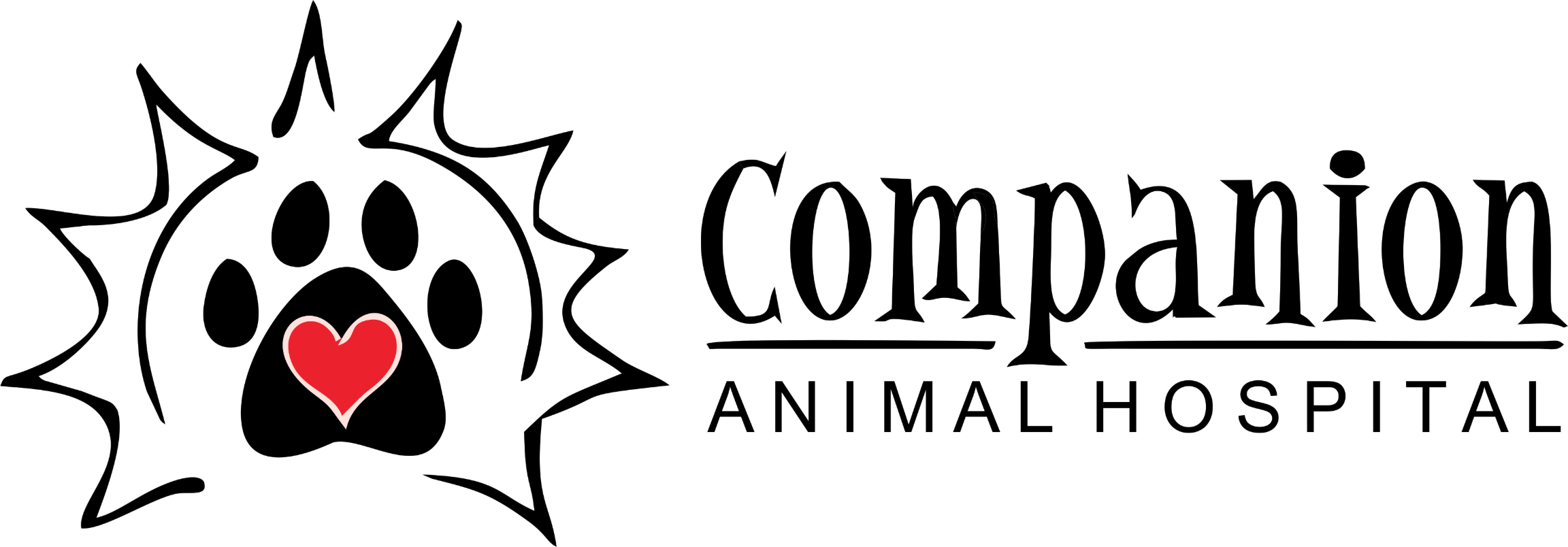Educational Articles
-
Ataxia means incoordination within the nervous system. There are several forms of ataxia, depending upon where in the nervous system the abnormality occurs. The most common sign of ataxia is an abnormal, unsteady gait. Treatment of ataxia will be influenced by the root cause. Pain management, supportive care (such as anti-nausea medication), and creating a safe environment (e.g., preventing access to stairs) are cornerstones of ataxia treatment.
-
Ataxia means incoordination within the nervous system. There are several forms of ataxia, depending upon where in the nervous system the abnormality occurs. The most common sign of ataxia is an abnormal, unsteady gait. Treatment of ataxia will be influenced by the root cause. Pain management, supportive care (such as anti-nausea medications), and creating a safe environment (e.g., preventing access to stairs) are cornerstones of ataxia treatment.
-
This handout summarizes atlantoaxial (AA) luxation, a condition in which instability or excessive movement is present between the first two vertebrae within the neck. This instability causes pressure on the spinal cord. Atlantoaxial luxation can be caused by trauma, hereditary factors, or a combination of both.
-
This handout discusses atopic dermatitis (atopy), a form of allergic skin disease brought on by an abnormal response to allergens in the environment. The clinical signs, diagnosis, and treatment are outlined.
-
This handout explains atopic dermatitis (atopy) in dogs, a form of allergic skin disease brought on by an abnormal response to allergens in the environment. The clinical signs, diagnosis, and treatment are outlined.
-
Atovaquone is given by mouth and is used off-label to treat protozoal infections. Give as directed. Side effects are uncommon but may include stomach upset or skin rash. Do not use in pets that are pregnant. If a negative reaction occurs, contact your veterinarian as soon as possible.
-
Atrial fibrillation describes very rapid contractions or twitching of the heart muscle, specifically in the atria. Most of the time, atrial fibrillation in cats occurs secondary to heart disease. Sometimes, in large breed cats, atrial fibrillation will occur as a primary heart problem. Most cats who develop atrial fibrillation have underlying heart disease, so the signs that are observed are often related to that underlying condition, and may include exercise intolerance, cough, or difficulty breathing. Treatment varies depending on whether the pet has primary or secondary atrial fibrillation. Your cat will need to be monitored on a regular basis.
-
Atrial fibrillation describes very rapid contractions or twitching of the heart muscle, specifically in the atria. Most of the time, atrial fibrillation in dogs occurs secondary to heart disease. In some large breed dogs, atrial fibrillation occurs as a primary heart problem. Most dogs who develop atrial fibrillation have underlying heart disease, so the signs that are observed are related to that disease and may include exercise intolerance, cough, or difficulty breathing. Treatment varies depending on whether the dog has primary or secondary atrial fibrillation. Your dog will need to be monitored on a regular basis.
-
Babesiosis is a tick-borne infection due to Babesia protozoal parasites. The disease primarily spreads through an infected tick's bite, but direct animal-to-animal transmission may also occur. Dogs typically present with the acute and severe form of babesiosis, characterized by abnormal dark urine, fever, weakness, pale mucous membranes, depression, swollen lymph nodes, and an enlarged spleen. The disease can be transmitted to humans through a tick bite.
-
Bacterial pneumonia is an inflammation of the lung, usually caused by a bacterial or viral infection, but can be caused by inhalation of an irritant. Typical signs of bacterial pneumonia include fever, difficulty breathing, lethargy, and coughing. As these can also be caused by other diseases, diagnostics include a full physical exam, blood work, and radiographs, and may also require bronchoscopy or tracheal lavage to collect samples for cytology and bacterial culture and sensitivity. Treatment includes the use of one or more antibiotics that ideally would be selected using the results of a culture. Affected dogs may also require hospitalization and supportive care including intravenous fluids. The prognosis depends on the severity of the disease and whether there are any predisposing factors.



